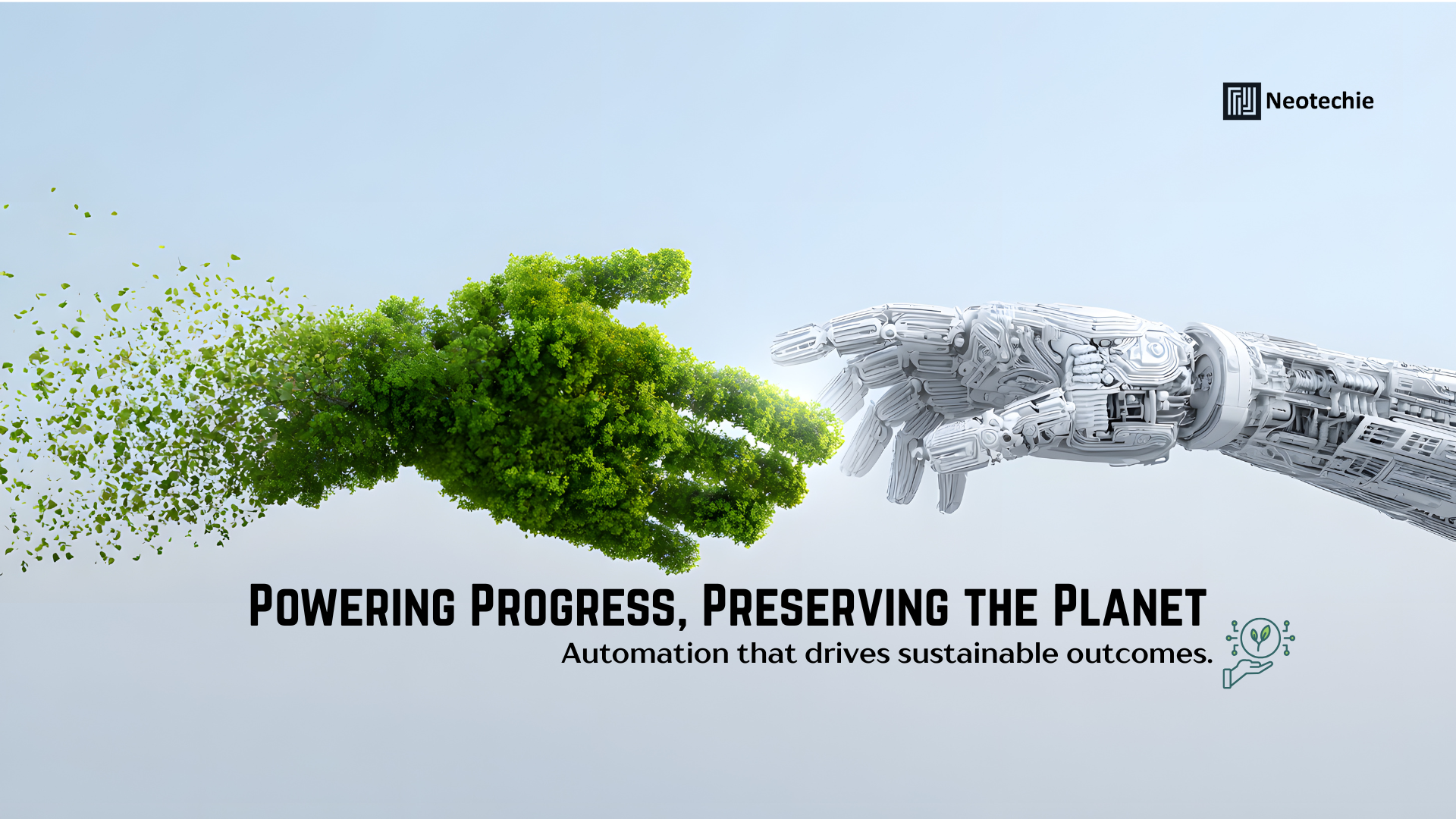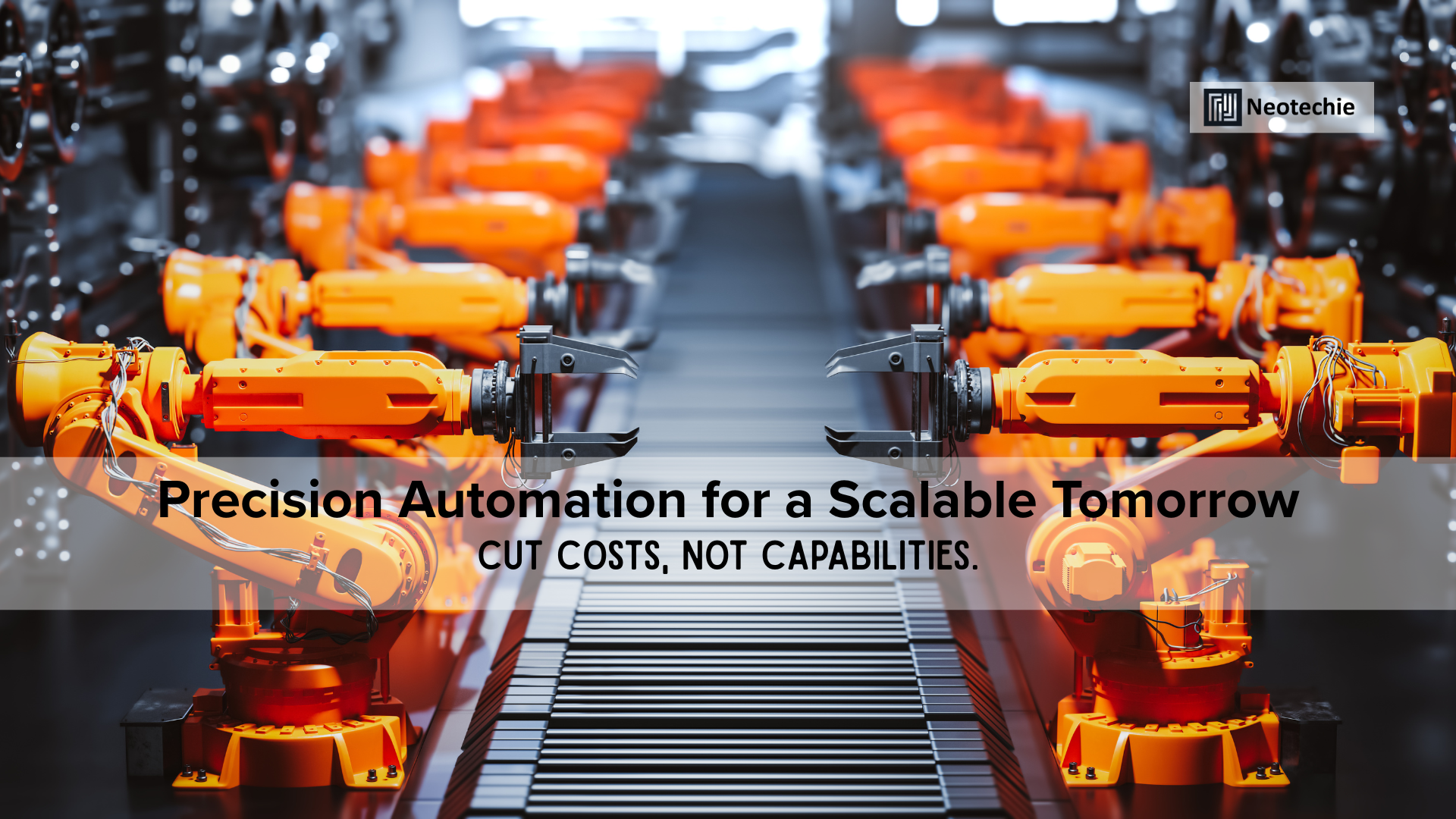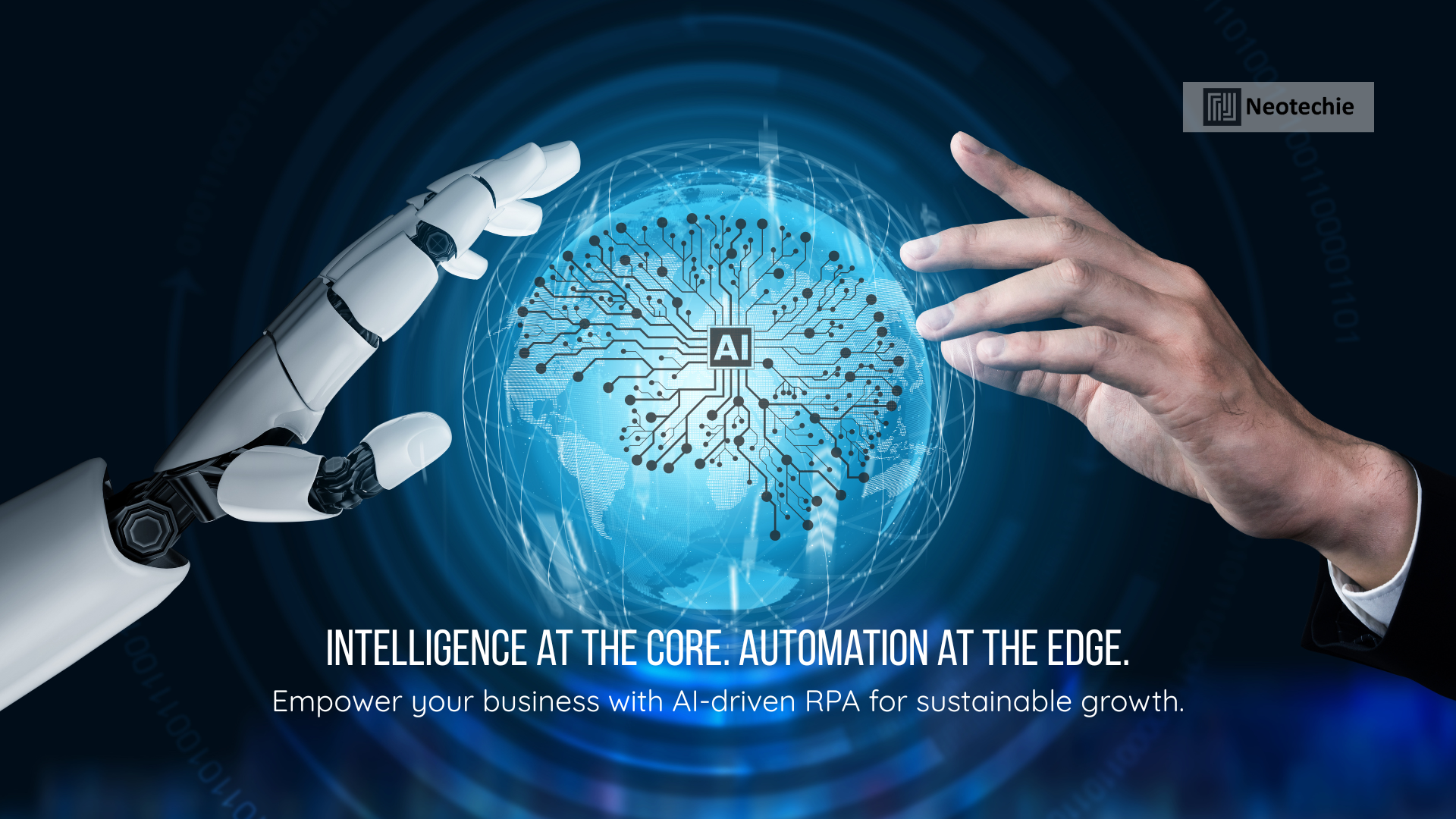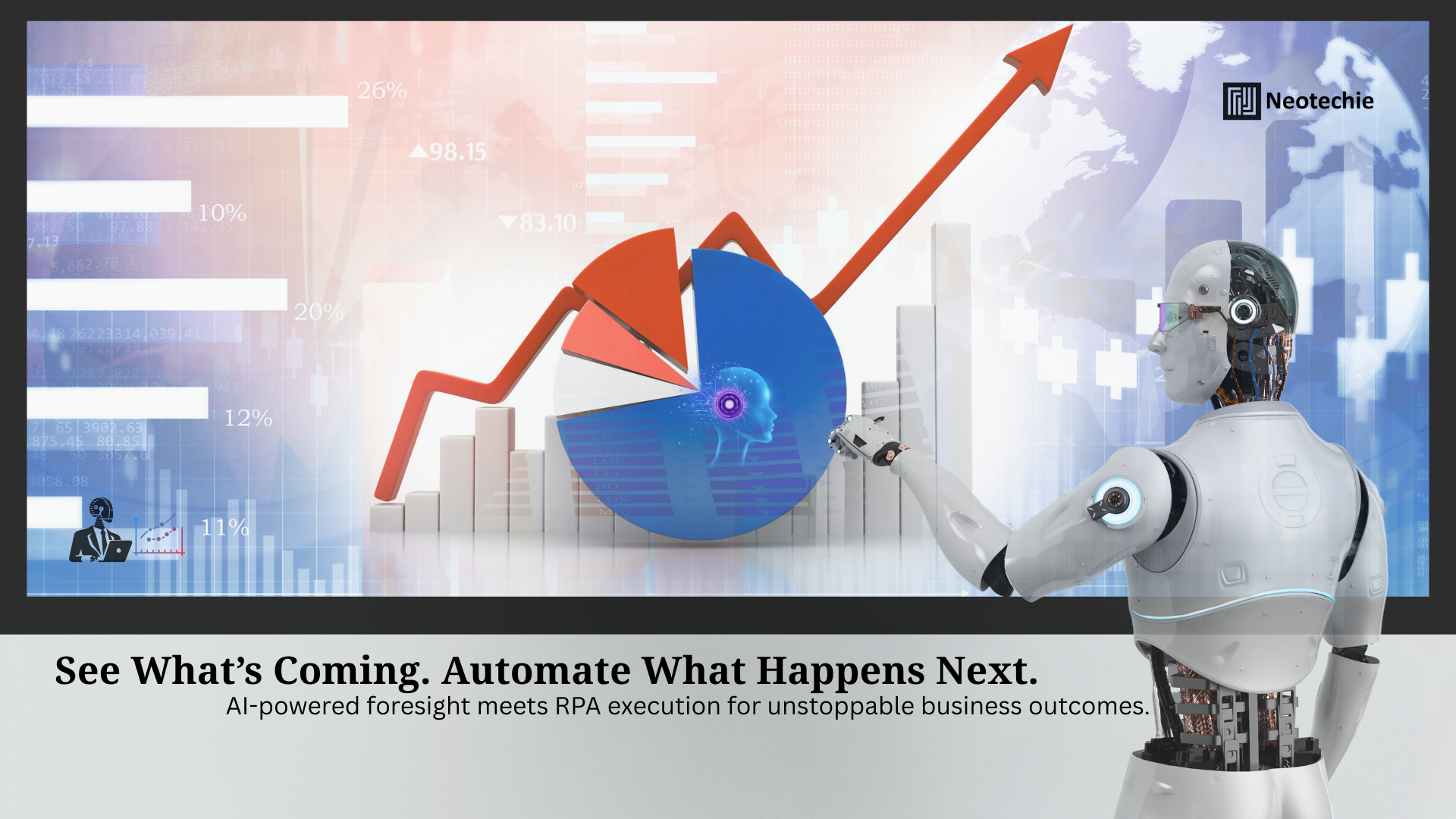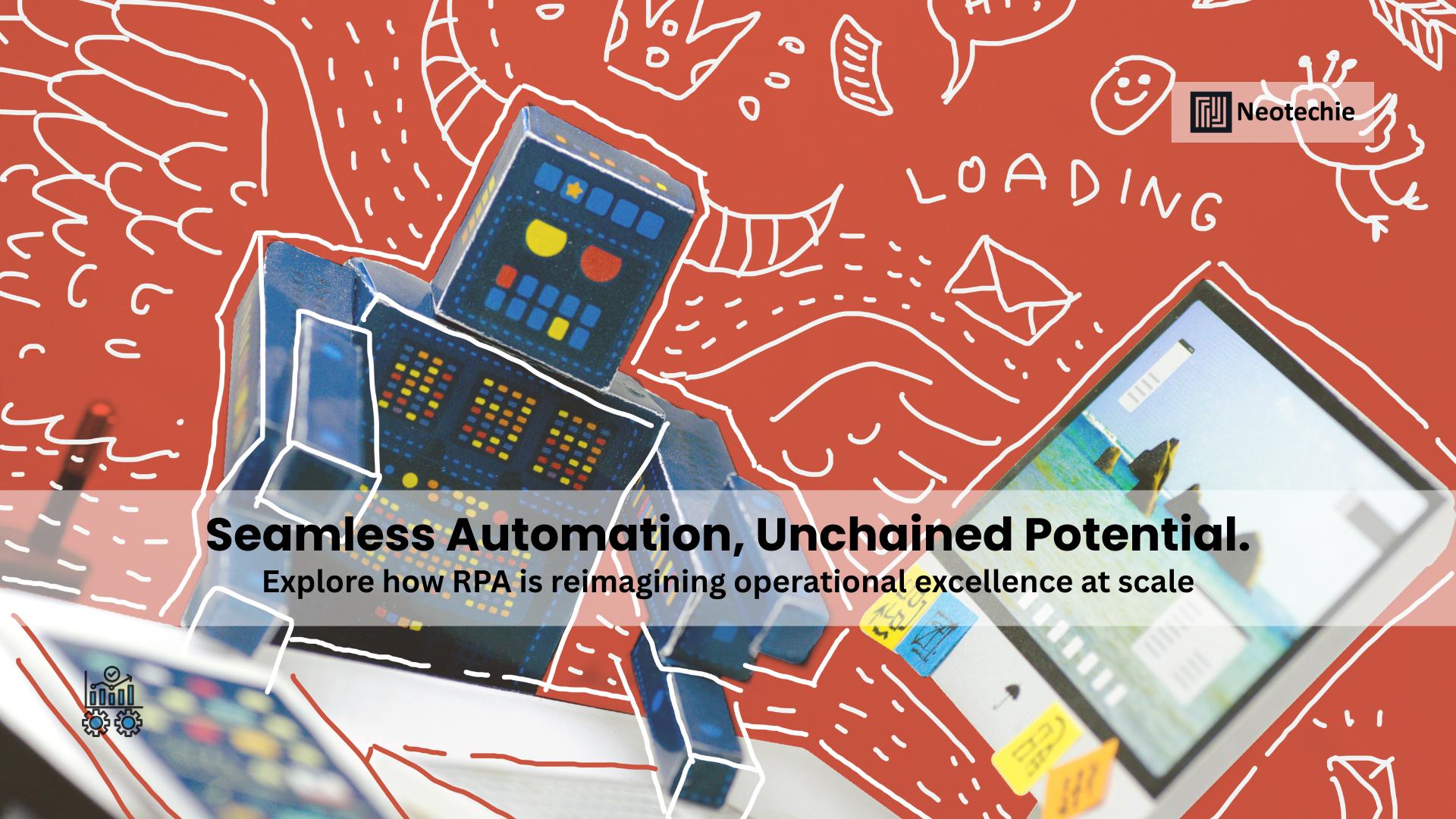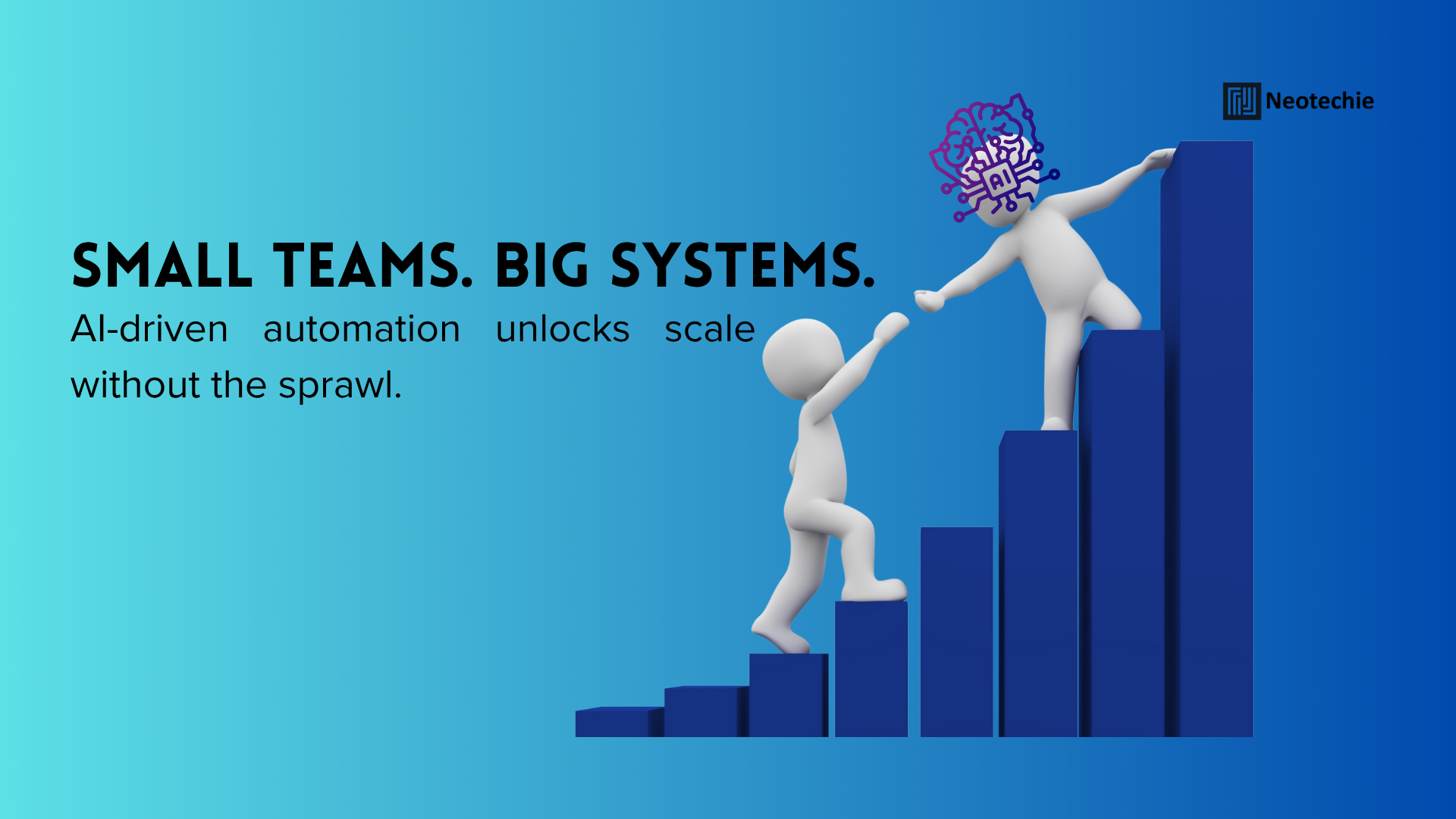Software isn’t just built anymore—it’s shaped, tested, and refined through rapid cycles of feedback. The gap between what companies build and what users truly need can be wide. Agile software development is how that gap gets closed. It enables teams to evolve their product alongside real-time user input, giving structure to flexibility and direction to creativity.
This article explores how Agile connects software development teams with real user needs, transforms how businesses approach product delivery, and creates an environment where meaningful outcomes consistently outpace outdated methods. We’ll also highlight how Neotechie applies Agile in practice to deliver scalable, secure, and business-aligned software solutions.
What is Agile Development?
Agile development methodology is an iterative approach to custom software development that prioritizes collaboration, flexibility, and customer feedback. Unlike the traditional Waterfall model—where software is developed in a linear sequence of phases—Agile breaks down the project into smaller, manageable units called “sprints.” Each sprint delivers a usable feature or improvement that can be tested, evaluated, and iterated on.
Key Principles of Agile:
- Customer Collaboration Over Contract Negotiation
- Working Software Over Comprehensive Documentation
- Responding to Change Over Following a Plan
- Individuals and Interactions Over Processes and Tools
These principles ensure that the final product is closely aligned with user requirements and business objectives.
Agile isn’t limited to developers and project managers—it’s a framework that encourages involvement from everyone, including customers, designers, testers, and business stakeholders. This collaborative nature fosters alignment between technical efforts and strategic digital transformation goals.
How Agile Delivers What Users Actually Want
- Faster Feedback Loops
Agile encourages continuous integration and feedback, often on a weekly or bi-weekly basis. This means that users and stakeholders can review progress and suggest changes early in the process—before the wrong features are baked into the final product. The loop of build, measure, and learn ensures that teams don’t waste resources on assumptions. - User Stories Drive Development
Agile teams work with “user stories,” short descriptions of features from the user’s perspective. This keeps the focus on real-world functionality rather than internal preferences. Stories like “As a user, I want to…” allow developers to think through the functional outcome rather than just the technical implementation. - Prioritization Based on Value
Each sprint begins with a planning meeting where features are prioritized by business value. By working on high-impact features first, teams ensure that the most important functionalities are delivered early and validated quickly. This also makes the product usable—even if incomplete—at every stage. - Continuous Testing and Improvement
With Agile, automated testing, unit testing, and integration testing happen throughout the sprint. This proactive approach helps catch bugs early, improve software quality, and reduce technical debt. - Stakeholder Visibility and Trust
Because Agile invites stakeholders to review each iteration, it builds project transparency and trust. Everyone involved has visibility into progress and can see how feedback is implemented, creating a shared sense of ownership and direction. - Real-Time Course Correction
Agile makes it easy to change direction if a new opportunity, challenge, or insight arises. It supports fail-fast and learn-fast philosophies that help organizations remain user-focused without losing momentum.
Agile and Business Transformation
Adopting Agile is often a gateway to much larger digital business transformation. Here’s how Agile supports it:
- Rapid Adaptability: In an era where market demands shift constantly, Agile gives companies the ability to respond swiftly. Adjustments to product features, design changes, or even entire pivots can be implemented within a few sprints.
- Customer-Centric Mindset: Agile naturally orients the entire team around the end-user. This cultivates empathy within development teams and ensures that solutions are grounded in actual user problems and desires.
- Cross-Functional Collaboration: Agile methodologies often bring people from diverse roles into one synchronized team. Developers, testers, product owners, marketers, and designers collaborate daily, reducing miscommunication and accelerating go-to-market timelines.
- Faster Innovation: Because Agile emphasizes testing ideas quickly and often, teams can innovate with reduced risk. MVPs (Minimum Viable Products) are launched faster, tested in the market, and refined through cycles of feedback.
- Cost Efficiency: Agile helps businesses avoid wasted investment by eliminating the “big-bang” delivery model. Value-driven development is delivered incrementally, which allows for easier budget control and better forecasting.
- Cultural Shift: Perhaps the most powerful impact of Agile is cultural. It promotes a growth mindset, adaptability, and team empowerment at all levels of an organization.
When embraced fully, Agile becomes more than a process—it becomes a lens through which businesses see product development, customer relationships, and organizational structure.
Common Agile Frameworks Used in Development
- Scrum: Probably the best-known Agile framework, Scrum operates on set time intervals called sprints. Teams hold daily stand-ups to track progress, review work in sprint reviews, and improve processes in retrospectives.
- Kanban: A visual project management method where tasks move across columns (e.g., To Do → In Progress → Done). Kanban allows for continuous delivery without defined sprints and helps teams limit work in progress.
- Lean: Lean Agile focuses on eliminating waste and optimizing customer value delivery. It borrows principles from lean manufacturing, emphasizing speed, efficiency, and continuous improvement.
- Extreme Programming (XP): A technical Agile method emphasizing engineering excellence, XP includes practices like pair programming, test-driven development (TDD), and continuous integration.
Many organizations customize a hybrid Agile model—combining aspects of these frameworks to suit their specific team structure, industry, and product goals.
Real-World Applications of Agile Success
- Spotify: Famously implemented a scaled Agile model using squads, tribes, and chapters. This model empowered independent teams to move quickly while aligning under a shared vision and brand.
- Netflix: Uses Agile not only in engineering but across business units. Agile principles help them personalize streaming experiences and experiment with UI features that evolve based on user behavior analytics.
- Airbnb: Applies Agile to prioritize continuous iteration and testing. Feedback loops from hosts and guests influence platform updates that balance user trust and business growth.
These examples demonstrate that Agile isn’t just for startups or software developers—it’s a scalable software development approach used by global enterprises to remain competitive and user-focused.
Final Thoughts
Agile development is a powerful philosophy that redefines how software is delivered and how businesses engage with users. It accelerates product development cycles, deepens user understanding, and supports cross-functional team excellence. But more importantly, it aligns technology efforts with human-centered design.
For organizations aiming to stay ahead in a crowded digital marketplace, Agile provides more than productivity gains—it brings clarity, speed, and purpose. Businesses that embrace Agile don’t just build features—they create value, iterate intelligently, and grow with their users.
Turning Sprints Into Solutions — The Neotechie Way
At Neotechie, efficiency is not just a principle—it’s embedded in every stage of our development cycle. We understand the critical need for businesses to remain agile and responsive, especially in today’s fast-evolving digital landscape. That’s why our entire software development process is strategically designed to deliver results within an optimized timeframe.
We employ agile methodologies, which means we work through iterative cycles that allow us to constantly refine and adjust our approach based on real-time feedback. This ensures that the final product is not only functional but accurately aligned with your business vision and user expectations.
Our development team adheres to industry best practices, carefully optimizing workflows to ensure smooth and transparent project management from start to finish. We break down complex challenges into structured, manageable tasks, allowing for continuous progress and adaptability.
By maintaining this focus and control, we’re able to ensure timely delivery without ever compromising the quality of the solution. From initial concept to final deployment, every step is executed with precision and purpose, resulting in software that performs seamlessly in real-world business environments.
Explore more here at: https://neotechie.in/software-development/




